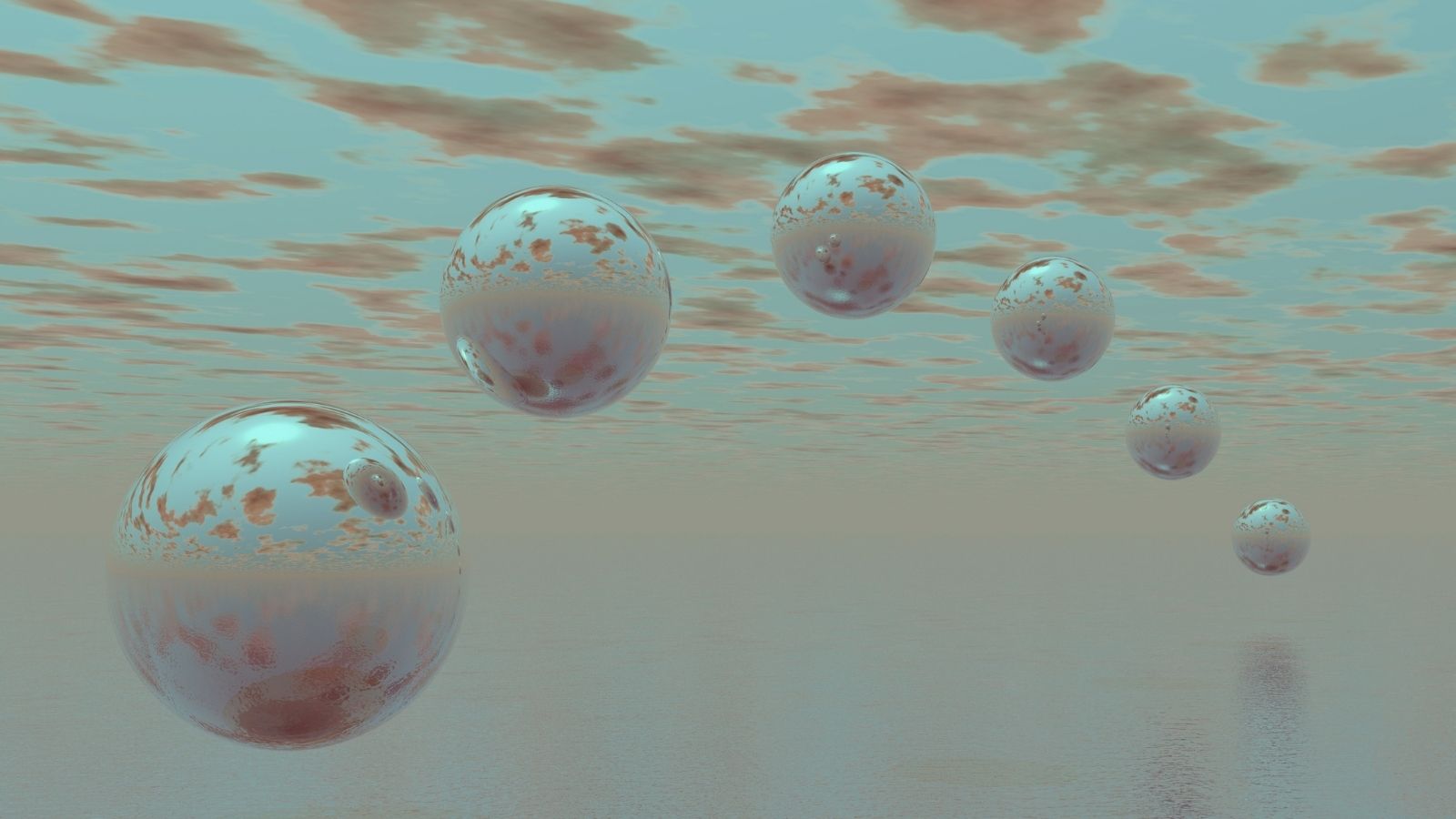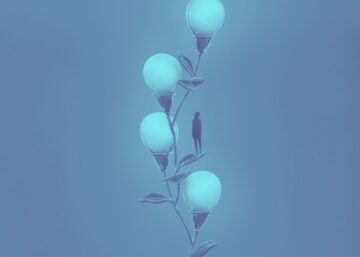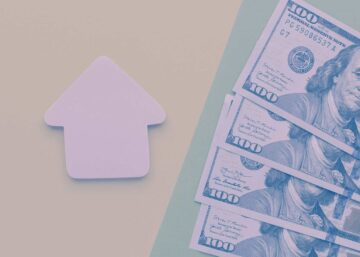Is Art Progress? [1]
This last week has given rise to significant controversies in Asia over the use of art as a means of expression. For states, so-called controversial art can be seen as a challenge to security, order, and peace, and for individuals, communities, and the world, art can provide opportunities for the evolution of thought, the sharing of emotion, and empathy even with differing opinions and progress beyond exploitative consumption-based behaviours. What is art is as complex a question as analysing a person’s ‘soul’ or inner moralities and thoughts, and therefore characterising art in any spectrum of ‘good’ or ‘bad’ is not only subjective but pointless given the limitations on any one person truly understanding all of the emotions and spirit of another.
Highlighting Art to Provoke Thought, “Policy” and “Killing”
The University of Hong Kong has requested, through its legal representatives Mayer Brown [2], the removal of the “Pillar of Shame”, a 2-ton sculpture created by Danish artist Jens Galschiøt, from its campus [3]. Just to ensure that the art is preserved, many have taken photos and used social media to share them, which has exponentially increased exposure and awareness of the sculpture and its meaning. Having recently revisited and upgraded my knowledge on the very impressive Lee Kuan Yew and his instrumental oversight of the development of the Republic of Singapore [4], one of the most disturbing but unfortunately, I think, accurate but disagreeable assessments of the decisions made regarding the Tiananmen Square massacre:
“I understood Deng Xiaoping when he said: if 200,000 students have to be shot, shoot them because the alternative is China in chaos for another 100 years.”.
[/vc_column_text]
This should be re-read several times, never thought of in pure isolation, and contextualised with Lee Kuan Yew’s character, achievements, and commentaries. Just in case there is any misconstruing of why this quote has been selected, it should also be noted that he did not say “I think it is ok to kill students.”.
The Pillar of Shame’s existence and current controversy is an opportunity for deep thought and reflection on the events prior to, at, and post the Tiananmen Square massacre. It is not an opportunity for one person to impose their will on others as to what they should think and to make people afraid of thinking of expressing it. Lee Kuan Yew was not afraid to express unpopular views, whether you agree with them or not.
For the record, in the ethical circumstances, I can see with limited vision and knowledge, I absolutely don’t agree that this decision of 100 years of chaos versus massacring 200,000 students existed as a clear-cut choice but I don’t think this is what Lee Kuan Yew was stating either. I think that the students could have been saved and order, Chinese style, still could have been maintained, but I have an armchair view of the situation as do many others. I also don’t think the word ‘policy’ should be used as camouflage to killing people, but that often, in every country I am aware of, it has been so used.
Defending nations and defending humans has also often involved war and killing and each time there is ex-post justification by participants ad infinitum. “He hit me first”, “She crossed the line”, “If I hadn’t thrown acid on their face, they would have thrown it on mine”. Ethical dilemmas and the notion of security and defence are as contradictory as overall irrational human behaviour which manages to progress despite itself. However, you are very much entitled in my small internally governed state of “freedom of thought”, to disagree with some, most, or all of what I just wrote but please don’t be violent or abusive in doing so and if you are, I hope that the state will intervene and protect me from you if it can be trusted not to persecute me first.
Whatever the diversity and strength of opinions exist, the requirement for discussion on the matter is linked with the ability to see the thought-provoking sculpture in person or as an image, and then to choose how much one feels inclined to explore the circumstance, to form an initial opinion and then evolve the opinion with more knowledge over time, accepting that others may have more informed views and a different set of inherent bias alignments.
Which Art is “Unacceptable” or “Trash”?
The second incident occurred in Thailand, with students and others related to an annually held art exhibition at Chiang Mai University allegedly broke into the gate and door of an art gallery to forcefully access the premises to prepare for the exhibition and make a point of doing so following its cancellation [5] This is an incident in a series of controversies relating to art at the Chiang Mai University and clearly there is an ongoing dispute as to whether the art produced is ‘socially acceptable’ [6]. The art in question, which is difficult to identify or see, apparently depicts issues relating to protests [7]. Thailand’s military infused Government and ardent supporters of suppression in the name of “public policy” is, not for the first time [8], attracting global fame for authoritarianism, and the overall long-term outcome of this on Thai society remains to be seen, although as known to many, the varieties of authoritarianism and effects are as diverse as the underpinning histories, cultures and societies in the mix.
Uncomfortable Truths and Celebrating Disagreement
For those that wish to protect art and freedom of expression, without being hypocritical and inherently biased in the selection, and acceptance of potentially or actually being offended is a necessary tool. In 2016, the German Government managed to save the ‘Thomas Mann Villa’ in Los Angeles from demolition, by buying it, in order to preserve the cultural history of the author of “Death in Venice” and “The Magic Mountain” who became a US citizen as an escapee from Nazism [9]. Alex Ross aptly linked this act to his belief that the German state is evidence of a state that has learned from history and evolved to avoid repeating historical mistakes. Isn’t that what each of us humans should aspire to? Should we be seeking to continually reduce our harm and injuries to others, however different they may be, whatever kind of art they produce?

[1] For two differing perspectives see John Borstlap The Myth of Progress in the Arts (Future Symphony Institute, and also at www.johnborstlap.com as The ‘killer myth: the fallacy of progress in the arts 15 September 2013 see: https://www.futuresymphony.org/the-myth-of-progress-in-the-arts/ and http://johnborstlap.com/the-killer-myth-the-fallacy-of-progress-in-the-arts/ ) contrast and compare with Henry F. Gilber Progress in Art (The Musical Quarterly April 1920, Vol.VI No. 2) pp. 159-174
[2] Primrose Riordan and Chan Ho-Him Hong Kong University hires US law firm to seek Tiananmen statue’s removal (Financial Times Online 8 October 2021 see https://www.ft.com/content/feef8720-71b5-424b-8e4f-5d2525e358aa ) last accessed 17 October 2021
[3] The Candice Chau University of Hong Kong told to contact Tiananmen Massacre statue artist as removal ultimatum nears, despite T8 typhoon (Hong Kong Free Press 13 October 2021 see: https://hongkongfp.com/2021/10/13/university-of-hong-kong-told-to-contact-tiananmen-massacre-statue-artist-as-removal-ultimatum-nears-despite-t8-typhoon/ )
[4] Lee Kuan Yew The Grand Master’s Insights on China, the United States and the World (Interviews and Selections by Graham Alisson and Robert D. Blackwell with Ali Wyne, Foreword by Henry A. Kissinger 2012)
[5] TNR Staff Teachers, Students Break Through Art Gallery Gate Over Cancelled Exhibition (Thai Newsroom Online 16 October 2021 https://thainewsroom.com/2021/10/16/teachers-students-break-through-art-gallery-gate-over-cancelled-exhibition/ ) last accessed 17 October 2021
[6] The Nation Chiang Mai Uni execs slammed for removing ‘trash’ from art expo (The Nation Online: In Focus, 23 March 2021)
[7] Ibid 5.
[8] Jim Glassman Lineages of the Authoritarian State in Thailand: Military Dictatorship, Lazy Capitalism and the Cold War as Post-Cold War Prologue (Journal of Contemporary Asia 50:4, 2020 see: https://doi.org/10.1080/00472336.2019.1688378 )
[9] Alex Ross The Frankfurt School Knew Trump Was Coming (The New Yorker 5 December 2016 see: https://www.newyorker.com/culture/cultural-comment/the-frankfurt-school-knew-trump-was-coming )
[10] Michael Sainato I’m not a robot: Amazon workers condemn unsafe, grueling conditions at warehouse (The Guardian Online: 5 February 2020 see: https://www.theguardian.com/technology/2020/feb/05/amazon-workers-protest-unsafe-grueling-conditions-warehouse ) last accessed 17 October 2021
[/vc_column][/vc_row]







